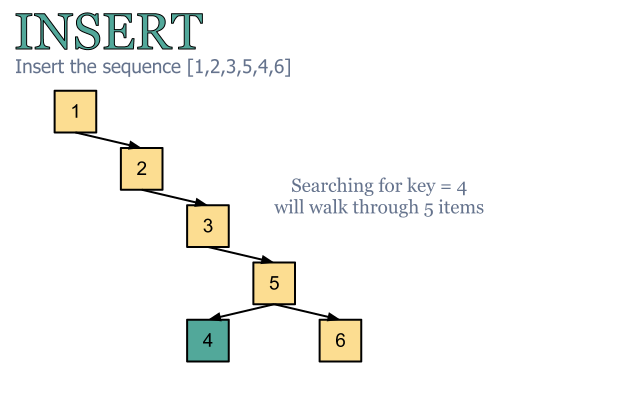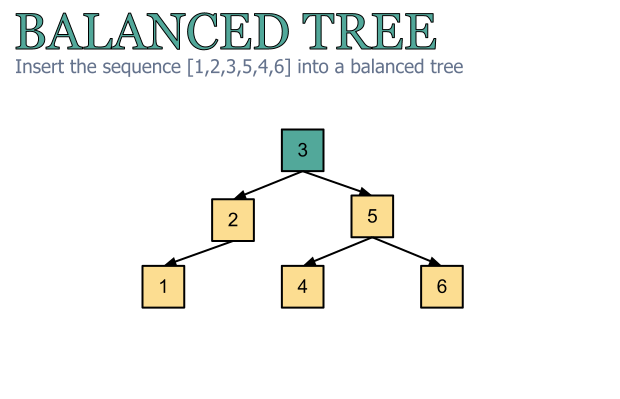Find it on GitHub
Tag Archives: B-tree
Computer Algorithms: Finding the Lowest Common Ancestor
Introduction
Here’s one task related to the tree data structure. Given two nodes, can you find their lowest common ancestor?
In a matter of fact this task always has a proper solution, because at least the root node is a common ancestor of all pairs of nodes. However here the task is to find the lowest one, which can be quite far from the root.

We don’t care what kind of trees we have. However the solution, as we will see, can be very different depending on the tree type. Indeed finding the lowest common ancestor can have linear complexity for binary search trees, which isn’t true for ordinary trees. Continue reading Computer Algorithms: Finding the Lowest Common Ancestor
Computer Algorithms: Balancing a Binary Search Tree
Introduction
The binary search tree is a very useful data structure, where searching can be significantly faster than searching into a linked list. However in some cases searching into a binary tree can be as slow as searching into a linked list and this mainly depends on the input sequence. Indeed in case the input is sorted the binary tree will seem much like a linked list and the search will be slow.

To overcome this we must change a bit the data structure in order to stay well balanced. It’s intuitively clear that the searching process will be better if the tree is well branched. This is when finding an item will become faster with minimal effort.

Since we know how to construct a binary search tree the only thing left is to keep it balanced. Obviously we will need to re-balance the tree on each insert and delete, which will make this data structure more difficult to maintain compared to non-balanced search trees, but searching into it will be significantly faster. Continue reading Computer Algorithms: Balancing a Binary Search Tree
Computer Algorithms: Binary Search Tree
Introduction
Constructing a linked list is a fairly simple task. Linked lists are a linear structure and the items are located one after another, each pointing to its predecessor and its successor. Almost every operation is easy to code in few lines and doesn’t require advanced skills. Operations like insert, delete, etc. over linked lists are performed in a linear time. Of course on small data sets this works fine, but as the data grows these operations, especially the search operation becomes too slow.
Indeed searching in a linked list has a linear complexity and in the worst case we must go through the entire list in order to find the desired element. The worst case is when the item doesn’t belong to the list and we must check every single item of the list even the last one without success. This approach seems much like the sequential search over arrays. Of course this is bad when we talk about large data sets.

Computer Algorithms: Linked List
Introduction
The linked list is a data structure in which the items are ordered in a linear way. Although modern programming languages support very flexible and rich libraries that works with arrays, which use arrays to represent lists, the principles of building a linked list remain very important. The way linked lists are implemented is a ground level in order to build more complex data structures such as trees.
It’s true that almost every operation we can perform on a linked list can be done with an array. It’s also true that some operations can be faster on arrays compared to linked lists.
However understanding how to implement the basic operations of a linked list such as INSERT, DELETE, INSERT_AFTER, PRINT and so on is crucial in order to implement data structures as rooted trees, B-trees, red-black trees, etc.
Overview
Unlike arrays where we don’t have pointers to the next and the previous item, the linked list is designed to support such pointers. In some implementations there is only one pointer pointing to the successor of the item. This kind of data structures are called singly linked lists. In this case the the last element doesn’t have a successor, so the pointer to its next element usualy is NULL. However the most implemented version of a linked list supports two pointers. These are the so called doubly linked lists.

